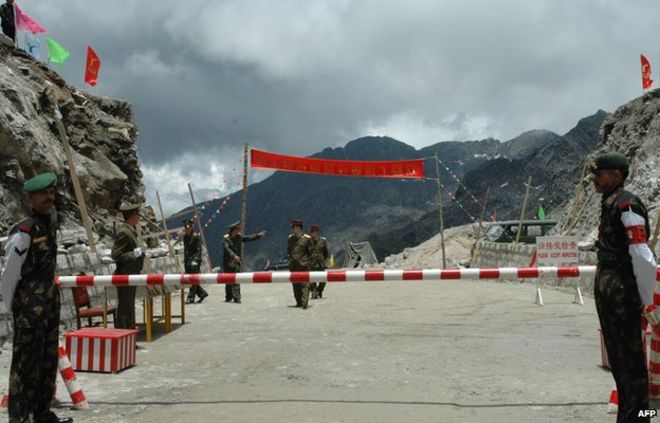China : Concession on Tawang can resolve border dispute; India say not possible
 BEIJING : A former Chinese diplomat has said that settlement of the India-China boundary dispute is possible if New Delhi accepts Beijing’s claim over strategically vital Tawang region in Arunachal Pradesh.The suggestion has been dismissed by Indian officials as neither practical nor possible.
BEIJING : A former Chinese diplomat has said that settlement of the India-China boundary dispute is possible if New Delhi accepts Beijing’s claim over strategically vital Tawang region in Arunachal Pradesh.The suggestion has been dismissed by Indian officials as neither practical nor possible.
Dai Bingguo, who had been China’s Special Representative in the more than 15 rounds of boundary talks between 2003 and his retirement in 2013, told Chinese media, “If the Indian side takes care of China’s concerns in the eastern sector of their border, the Chinese side will respond accordingly and address India’s concerns elsewhere.”
Elaborating China’s stand, Dai, who conducted border talks with five Indian Special Representatives starting with Brajesh Mishra in 2003, said, “The disputed territory in the eastern sector of the China-India boundary, including Tawang, is inalienable from China’s Tibet in terms of cultural background and administrative jurisdiction.”
He said that colonial British government which drew the “McMahon Line” accepted Beijing’s claim on Tawang.Notably, China has rejected “McMahon Line” in India’s case but accepted it in settling the boundary dispute with Myanmar.
“Even British colonialists who drew the illegal McMahon Line respected China`s jurisdiction over Tawang and admitted that Tawang was part of China’s Tibet,” Dai told the China-India Dialogue magazine.
Dai, regarded as a wily negotiator, however, did not specify where China is willing to make a concession along the 3,488-km long Line of Actual Control (LAC).He also did not specify this in the book he wrote in the Chinese language on the border talks.
Indian officials, however, said Dai’s proposal is neither practical nor possible for India to accept considering that Tawang is an integral part of Arunachal Pradesh and has sent representatives to Parliament in every election since 1950.
Though published afresh in Chinese media, Beijing has been making such a demand for the concession for long.Former National Security Advisor Shivshankar Menon, who was India’s Special Representative for border talks and held several rounds of talks with Dai until the present NSA Ajit Doval took over in 2014, has mentioned the issue in his recently released book “Choices: Inside the Making of India`s Foreign Policy”.
While China demanded concessions in the Western sector before the 1962 war, it changed the line to East after the 1980s.”Chinese officials began saying in the 1980s that Beijing would compromise only if India made major adjustments first, adding that once India indicated concessions in the East, China would indicate concessions in the West,” Menon wrote in the book.
“In 1985, China specified that the concession it was seeking in the East was Tawang, Arunachal Pradesh, something that any government of India would find difficult to accept, as this was settled area that had sent representatives to every Indian Parliament since 1950,” he wrote.
“The Indian Supreme Court also held in the Berubari case in 1956 that the government could not cede sovereign territory to another government without a constitutional amendment, though it could make adjustments and rectifications in the boundaries of India,” Menon wrote in the book, highlighting India’s problem in accepting China’s demand.
Apparently, China’s stand on the border settlement was different earlier lacking consistency.Menon wrote that former Chinese premier Zhou Enlai during his visit to India in 1960 “suggested that China might recognise the McMahon line boundary in the East in return to India accepting China`s claim in the West” to provide strategic depth for China along the Aksai Chin road between Xinjiang and Tibet, which is now China National Highway 219.
Menon said India for the first time had Chinese troops at the border only after the People’s Liberation of Army (PLA) took control of Tibet.After the occupation of Aksai Chin area in the 1962 war, China’s stand reported to have changed.

